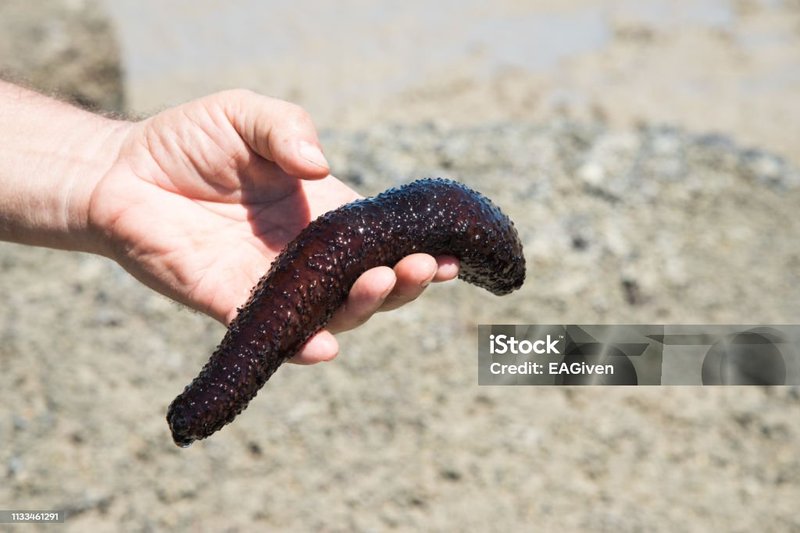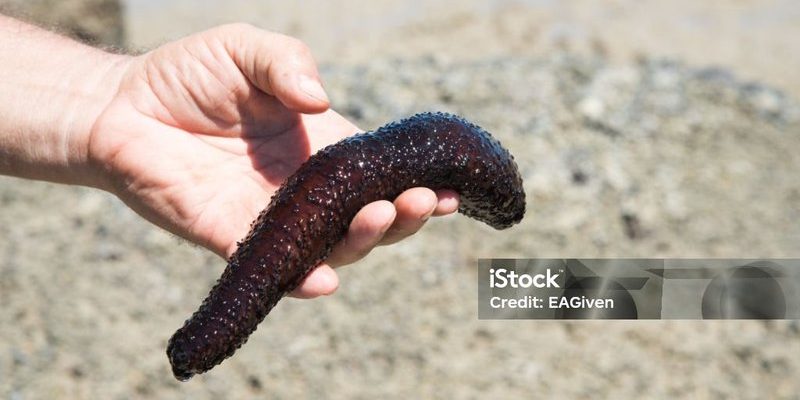
Like a gentle giant of the ocean floor, sea cucumbers often go unnoticed, as they often blend seamlessly with their surroundings. But these creatures are not just pretty faces; they have remarkable adaptations that allow them to thrive in diverse marine environments. Interacting with sea cucumbers can be a thrilling experience, whether you’re a curious beachgoer, a diver exploring underwater worlds, or a marine biologist studying their behavior. Before you jump right in, though, it’s essential to understand how to engage with them safely and respectfully.
Understanding Sea Cucumbers: What Are They?
Sea cucumbers are elongated, soft-bodied animals that belong to the echinoderm family, which includes sea stars and sea urchins. They’re not cucumbers in the vegetable sense; instead, they earn their name from their resemblance to these green veggies! These fascinating creatures are found in various ocean habitats, from shallow waters to the deep sea.
You might be surprised to learn that there are over 1,700 species of sea cucumbers worldwide, each adapted to its unique environment. They come in a variety of sizes and shapes, some even sporting vibrant colors. Most sea cucumbers are harmless and play a vital role in the marine ecosystem by recycling nutrients and helping maintain healthy seabeds. When they feed, they sift through sediment, breaking down organic material, which enriches the surrounding environment.
Let’s imagine you’re exploring a coral reef. As you swim, you notice a sea cucumber resting on the sand, its body undulating gently in the water. It might look like a pretty rock but remember, this creature is alive and important for the health of its habitat.
Can You Touch Sea Cucumbers? A Simple Guide
So, you’ve spotted a sea cucumber, and you’re tempted to reach out and touch it. Here’s the thing: while many sea cucumbers are safe to touch, there are a few important factors to keep in mind.
First, Check the Environment: If you’re at a beach or a snorkeling site, take a moment to observe your surroundings. Are there signs indicating whether touching marine life is allowed? Some areas have strict rules to protect local ecosystems, so it’s always best to follow those guidelines.
Second, Know the Species: While most sea cucumbers are harmless, some species can be toxic or have defensive mechanisms that could cause discomfort. For instance, some sea cucumbers can expel their internal organs when threatened. While this might sound alarming, it’s a defense mechanism that allows them to escape predators. If you’re curious about touching a sea cucumber, stick to those that are known to be safe. Look for local guides or resources that identify non-toxic species.
In general, gently touching or observing sea cucumbers from a distance is the best way to appreciate these creatures without causing harm. Remember, we’re guests in their homes!
Potential Risks of Interactive Encounters
While interacting with sea cucumbers may seem harmless, there are a few potential risks to keep in mind. Let’s break it down:
Environmental Impact: When you touch or disturb a sea cucumber, you might inadvertently harm it or its habitat. These creatures are delicate and can be stressed by human interaction. Over time, excessive touching can lead to population declines in certain areas and disrupt the balance of the marine environment.
Health Risks to Humans: Although most sea cucumbers aren’t dangerous, some can carry bacteria or toxins. If you have open cuts or wounds on your hands, it’s best to avoid touching them altogether. Additionally, if you’re snorkeling or diving, always ensure you’re aware of your surroundings to avoid accidentally touching sharp corals or other marine life.
To stay safe, always wash your hands after touching marine life, and avoid interacting with animals if you’re unsure of their nature. When in doubt, observe from a distance and let these beautiful creatures thrive in their natural setting.
How to Interact Respectfully With Sea Cucumbers
If you’re keen on interacting with sea cucumbers in a way that’s safe and respectful, here are some guidelines to follow:
- Observe First: Spend some time watching sea cucumbers in their natural habitat. This will help you understand their behavior and movements.
- Use a Gentle Touch: If you do decide to touch one, make sure your hands are clean, and approach slowly. A gentle caress is far better than a poke!
- Avoid Handling: The best way to appreciate a sea cucumber is to observe without holding or moving it. Think of it like a beautiful painting—you wouldn’t want to disturb it!
- Educate Others: If you’re with friends or family, share what you’ve learned about sea cucumbers. Promoting awareness is key to their protection.
By being mindful and respectful, you can enjoy your interaction with sea cucumbers while also ensuring their safety and well-being.
The Ecological Role of Sea Cucumbers
Sea cucumbers might seem simple, but they play a significant role in maintaining the health of marine ecosystems. Let me explain how:
Nutrient Recycling: These amazing creatures feed on organic matter, filtering it from the sediment on the ocean floor. As they consume and digest this material, they help to break it down, releasing nutrients back into the environment, which is essential for the growth of other marine life.
Habitat Formation: By burrowing into the seabed, sea cucumbers help aerate the sediment, promoting the growth of beneficial bacteria and other organisms. This process enhances the overall health of the marine habitat.
Food Source for Predators: Sea cucumbers also serve as a food source for various marine animals, including fish and sea turtles. Their presence contributes to the overall biodiversity of the ecosystem.
Understanding the ecological role of sea cucumbers can deepen your appreciation for these creatures. They’re more than just quirky ocean dwellers; they’re key players in the intricate web of marine life.
Interacting with sea cucumbers can be a delightful experience, but it’s crucial to do so in a responsible way. By respecting their environment and understanding their role in the ocean, you can cultivate a sense of wonder while ensuring their safety and the health of marine ecosystems.
So, the next time you’re by the ocean and spot a sea cucumber, take a moment to pause. Instead of reaching out to touch, let your curiosity guide you to observe. After all, these unique creatures are part of the magic that makes our oceans special. Remember, we’re not just visitors to their world; we’re partners in protecting it. Happy exploring!

